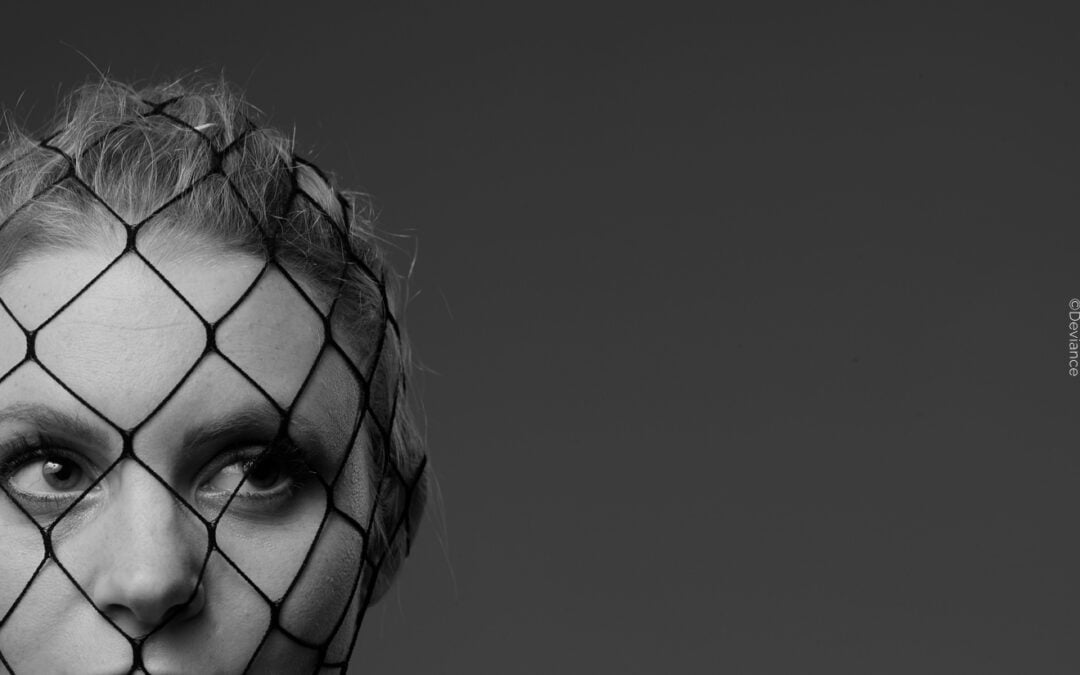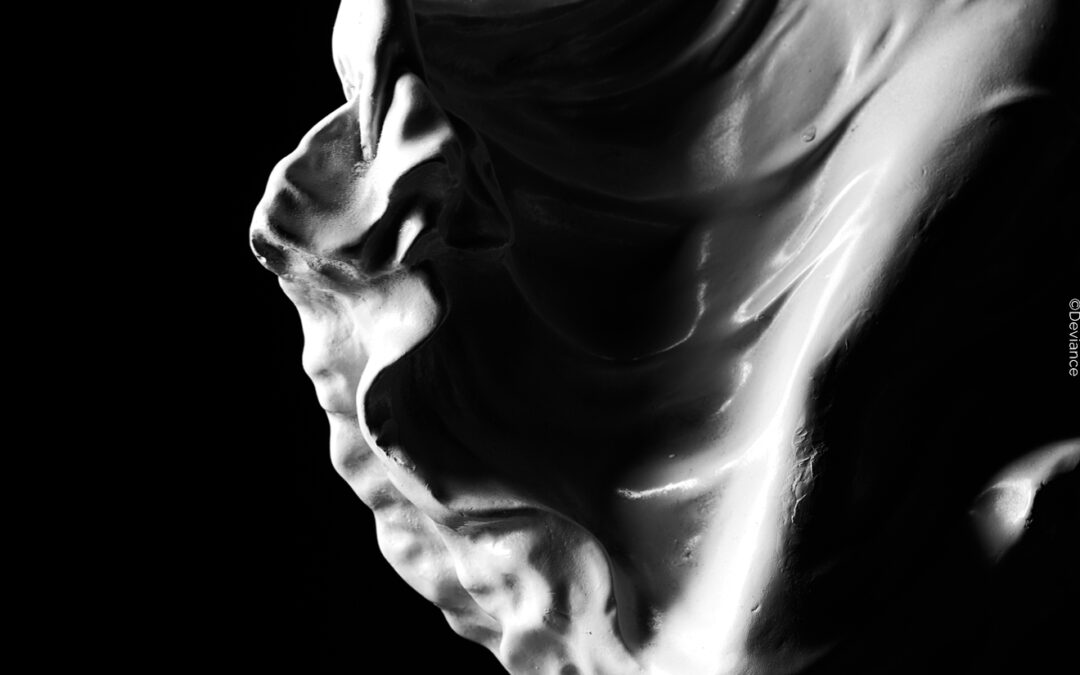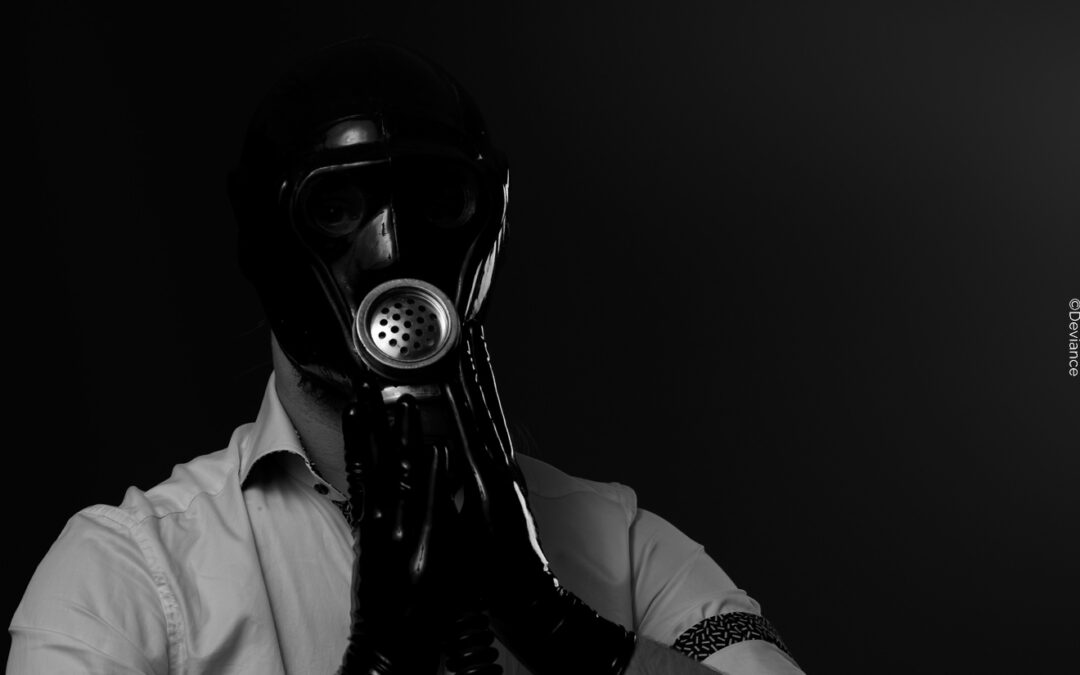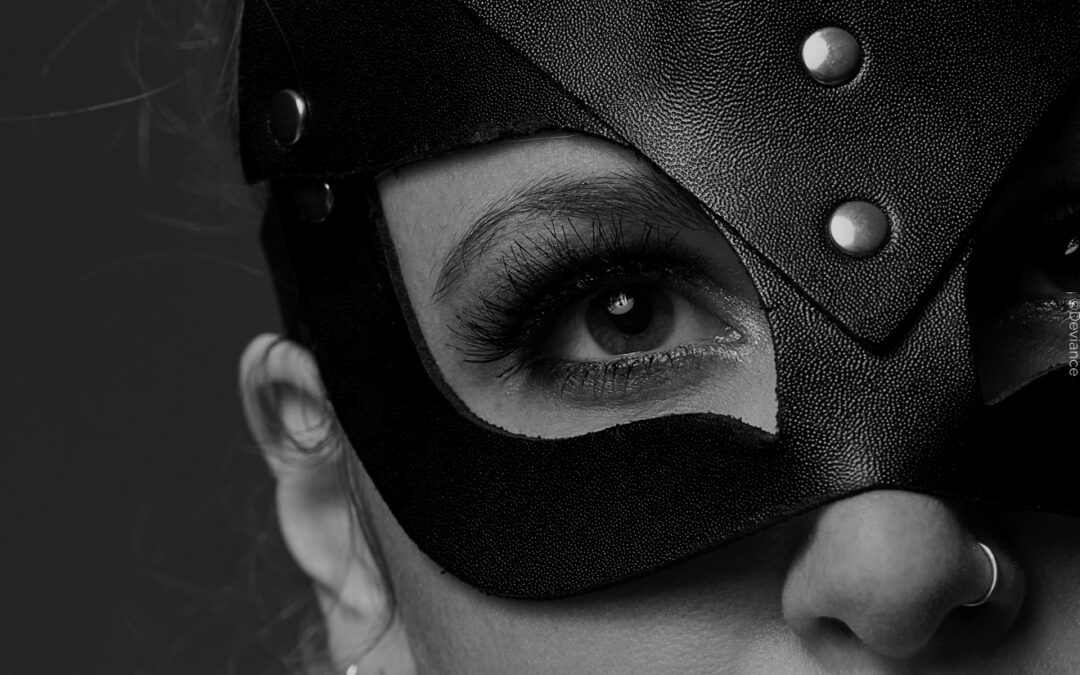What are Hentais?
Hentai refers to Japanese pornographic manga and anime, which are animated films or comic drawings. They depict sexual acts, fetishes, and are mostly pure fantasy. In Japan, there are mangas for everyone, covering nearly every topic – from housewife stories to science fiction. Hentai can feature both original stories with unique characters and alternative tales featuring familiar figures, much like fanfiction. Fanfiction is erotic literature, typically based on existing works.
The Japanese term for Hentai is 変態, which is often translated as “abnormality” or “perversion.” The first character 変 means “strange” or “curiosity-inducing,” and the second kanji 態 stands for “state.” Therefore, Hentai translates more closely to “strange state” than “perversion.” Originally, the term also referred to metamorphosis, the strange process by which insects transform from larvae or pupae into fully grown adults. The word is a shortened form of hentai seiyoku 変態性欲, where seiyoku 性欲 stands for sexual desire. Thus, the word has a long history. Like BDSM, there are many clichés surrounding Hentai, and it all begins right with its name.
The most searched term worldwide on porn sites
Hentai anime makes up about five to ten percent of all anime produced in Japan. The pornography market is huge, which explains the wide range of genres, from fantasy, aliens, and science fiction to “magical girls” and boys, to stories about housewives or the first girlfriend. Just like manga, there is a Hentai for everyone. In 2024, “hentai” was also the most searched term worldwide on Pornhub, the world’s largest tube porn site, for the fourth time in a row for good reason.
Since Hentai consists of drawn pornography, many depictions are far from normal or anatomically possible. However, Hentai often showcases forbidden or controversial topics. In the subgenre “Lolicon,” women with the physique of young girls are intentionally portrayed. Fantasies involving rape, non-consensual actions, or so-called “mind break” scenarios are often featured in these works. Depictions of animals or animal-like creatures are also common. These themes can only be addressed because they are animated. Given their controversial nature, it must always be acknowledged that this is fiction.
History of Hentai and Japanese Censorship
Eroticism is a fundamental element of art, both in Japan and in Europe. Ukiyo-e, a famous style from the Edo period, is known for woodblock prints like “The Great Wave” and depictions of samurai war campaigns. However, even back then, there were already pornographic scenes. This art form was called Shunga and was very popular among collectors.
The publication of such art became restricted during the Kyoho reforms of 1736. From that point on, only books and artworks approved by the government could be published. This mainly targeted Christian and critical depictions, but also erotic works. Subsequent laws further tightened the publication of Shunga, making it an underground product that was only secretly traded. This especially affected depictions of the male genitals and the clitoris.
One of the most famous artists of this time, Katsushika Hokusai, created both “The Great Wave” and “The Dream of the Fisherman’s Wife.” Both works are likely familiar to you. Due to copyright reasons, they are not embedded here, but you can check out “The Dream of the Fisherman’s Wife” here. It depicts a woman being sexually satisfied by an octopus and is considered one of the first depictions of tentacle hentai. The text translation is also worth reading attentively.
During the Meiji era (1868 – 1912), the creation and sale of pornographic and political writings and illustrations was entirely banned. Violations were heavily punished, which intensified censorship in Japan. With the onset of the war, the fear of “impure” thoughts grew, and all productions and publications were state-controlled. After Japan’s surrender in World War II, censorship and restrictions were theoretically lifted.
In the 1970s, new laws were introduced. These allowed for free speech, but the depiction of sexual intercourse, pubic hair, the clitoris, or the glans was still forbidden. Most hentais circumvented these restrictions by obscuring genitals with bars or dots.
Why are people into Hentai?
Pornography is a modern-day addiction. The internet offers an endless source of increasingly specific sexual preferences. As a young person, drawn works might feel more familiar, especially as anime becomes more common in Western TV. On the other hand, as an adult, one often experiences a “numbing” effect towards conventional pornography. This leads people to switch to erotic literature or drawn works, as they are produced in a different manner compared to typical porn.
Hentai also caters to fetishes and fantasies that are widespread in the BDSM scene but are either hard or impossible to depict in the mainstream porn industry. Popular genres include tentacles or fantasy creatures, transformations, or ovipositors (egg-laying). “Mind break,” “reverse rape,” and “rape” films are also popular because they are CNC scenarios that are not produced in traditional porn. Additionally, Hentai is known for extremely exaggerated body shapes that are practically impossible to achieve in real life – whether it’s large breasts or an extremely flat anatomy. There are also futanaris, people who possess both a penis and a vulva. In Hentai, anything is possible without harming real people. However, that doesn’t mean the Hentai culture is entirely without risks.
“It’s simply upping the ante on novelty, there is more than men penetrating women. These days, seeing a video of a couple getting it on might not be as exciting, so you’ve got further exaggerations and further amplifications of things. It’s the erotic equivalent of a cronut. It doesn’t exist in nature.”
Stephen Snyder, M.D. – Quote from an interview in Cosmopolitan.









